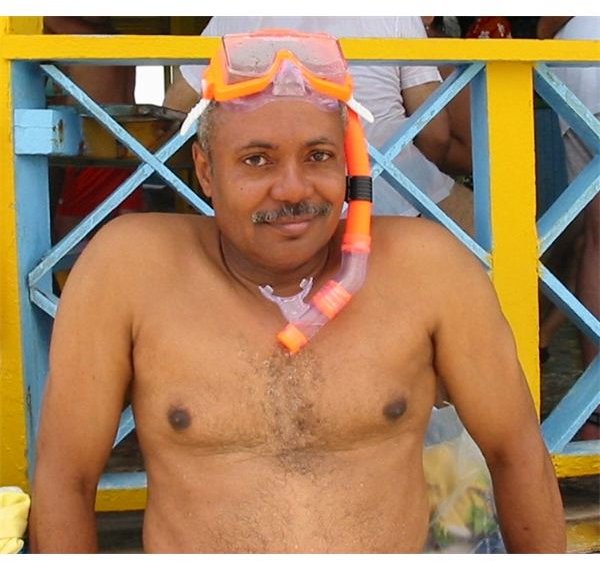Underwater Photography Tips to Help Protect Your Digital Camera
Water Sports Digital Photography
Not only is there a great time to be had <strong>at the beach</strong> as you and others frolic in the foaming surf with cool breezes caressing your skin and the tanning rays of the sun work their magic in coloring you bronze. From Olympic caliber speed swimming events to water polo, synchronized swimming, springboard diving, relays, medleys and aquatic ballets, you can compose myriads of stunning, salable digital photos without destroying your investment in equipment. Follow along with us as we slide across and beneath the surface of the waters for digital photography that expresses, but maintains our equipment in good working order after each and every session using these handy tips and how-to techniques.
Digital Camera Safeguards to Follow
1. Keep your Camera and Photographic Equipment Well-Maintained
“An ounce of prevention is worth a pound of cure”.
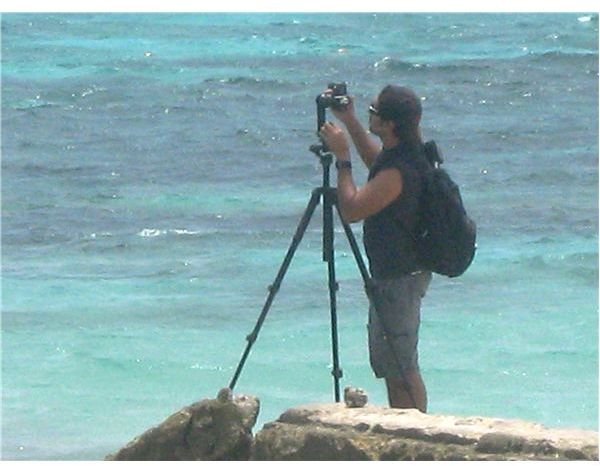
You’ve heard the old saying and it applies all the more to the maintenance of your digital camera and its accessory equipment. Before setting forth on a major photographic shooting session or an assignment, take some time to carefully check over and give needed routine maintenance. Use an air blower and brush to clear dirt, sand, dust or gritty deposits from creases, cracks, joints, and connection points. Remove any excess oils, greases or stains which may have accumulated. Wipe down shanks, shafts and connectors on both your camera, tripods and other equipment. Tripods take a hefty amount of abuse, so make sure their legs and feet are in a good state.
2. Keep Your Camera and Equipment Protected When Not in Use
When you’re on location outdoors, at the beach, a pool or other sports facility, pay special attention to keeping your digital camera and equipment protected from splashing water, salt water spray, sand, dust and dirt when it’s not actually in use. It may take an extra few moments to tuck something away, even temporarily, but the added diligence will ultimately pay dividends. Remember that salt water, even in spray or mist forms, is highly corrosive. Be sure to wipe down any equipment as soon as possible after being exposed. Use a lightly oiled cloth or at a minimum, one soaked in fresh water to remove any salty residue.
3. Consider Using an Underwater Type or Adapted Digital Camera
While snorkeling or scuba diving, you slip gently over the gunnels of your launch and into the soft caress of lapping, turquoise waves. A final gurgle and the world becomes almost completely silent. After the first rise of bubbles from your entering the underwater world, you settle in, gliding smoothly beneath the surface. You check over your camera’s underwater housing to ensure there are no leaks, then go about the business of capturing scenes from one of nature’s most beautiful domains. Schools of colorful fish dart about you. Dolphins playfully swim around you, bobbing and weaving through invisible obstacles. Below the grunts of Grouper and swish of eels can be discerned through the watery depths. Watch out for those jellyfish! Their sting would certainly spoil your aquatic session.
There are three ways of using a digital camera for <strong>underwater photography</strong> or for photography of water-based activities:
· Use a dedicated underwater camera
· Use an underwater housing for your digital camera
· Use temporary water-resistant measures (plastic wrap the camera, shoot from inside a sealed clear plastic bag)
But wait …
You Don’t Need to be Underwater to Use an Underwater Camera
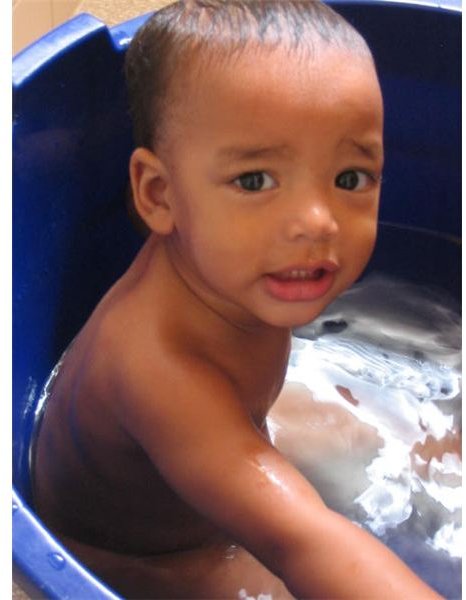
You need not be underwater to make good use of an “underwater” camera. What? Excuse me? Well, have you considered using some of your specialized underwater digital cameras and equipment for photography of other water-environment scenarios? Why not?
At the beach you can shoot digital images without fear even while standing waist or neck deep in the surf. Get a wave’s eye view of beach scenes or half-in, half-out of the water shots you’d dare not take otherwise. Ever go to one of those aquariums where you can get in the water with the fish? Do you ever shoot images at a river or lake? How about fishing photos, especially from a boat? Have you ever tried setting the camera to continuous firing mode, then lowered it into a pool, lake, river or aquarium for a series of fantastic “underwater” shots where you don’t even have to get wet? Ever need shots of geysers, thermals, waterfalls or hot springs? These are just a few added scenarios where a sealed “underwater” type camera can not only pull its own weight and more, but decisively add to your repertoire of digital images.
In the pool, why worry needlessly over the dangers of chlorine or chemical corrosion to your digital camera and equipment when you can opt for using your “underwater” gear and help to save your sanity? Again you can get digital images from above, at or below the waterline without undue concern or added preparations. At swim meets, diving and other water-based sports and competitions you can use a digital camera encased in an underwater housing to minimize potential equipment damage problems.
You Don’t Need Expensive Underwater Digital Photography Equipment
Don’t think you need an expensive camera and equipment setup either. For many photography applications a simple water-resistant or disposable camera will work just fine. Indeed, many professional photographers carry a couple of these water-tight disposable cameras as “backups” to their more expensive, high-tech equipment. Why? Well, you never know when you just might need to use a little “low-tech” to capture money-making digital images while on location, that’s why.
Digital Photography in Foul Weather
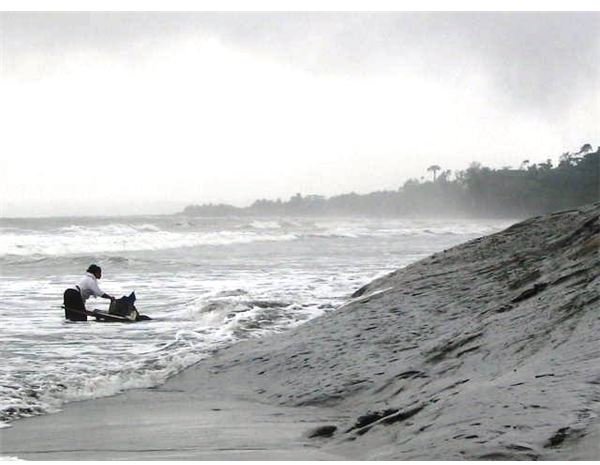
Another scenario to consider for using “underwater” digital or film cameras is for photo sessions in and during storms, disasters and really bad weather. In rain, sleet, hail and snow a camera “sealed” against moisture could really come in handy. With high winds blowing all manner of dust, dirt and debris, you could well avail yourself of the benefits an “underwater" camera provides for. Being sealed against moisture also helps to protect the camera from internal damage caused by freezing or condensation. This can open up a whole new vista for “storm”, disaster and “bad weather” digital photography.
Do the Puddle Jump, Splash and Giggle
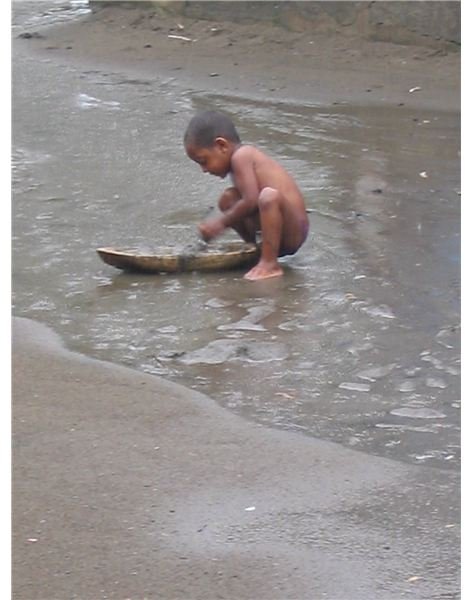
So when planning on outdoor or water sports photography where moisture and dirt of any type might be encountered, consider using a sealed “underwater” type of camera or setup to avoid additional worries and headaches. If your mother never taught you to come in out of the rain, now you can go frolic – and take pictures – outdoors, at the beach, on the lake, in the rain, in the snow or in the pool, all you like.
While you’re at it, next time out, go jump with both feet into a puddle, make a big splash and giggle for me.
